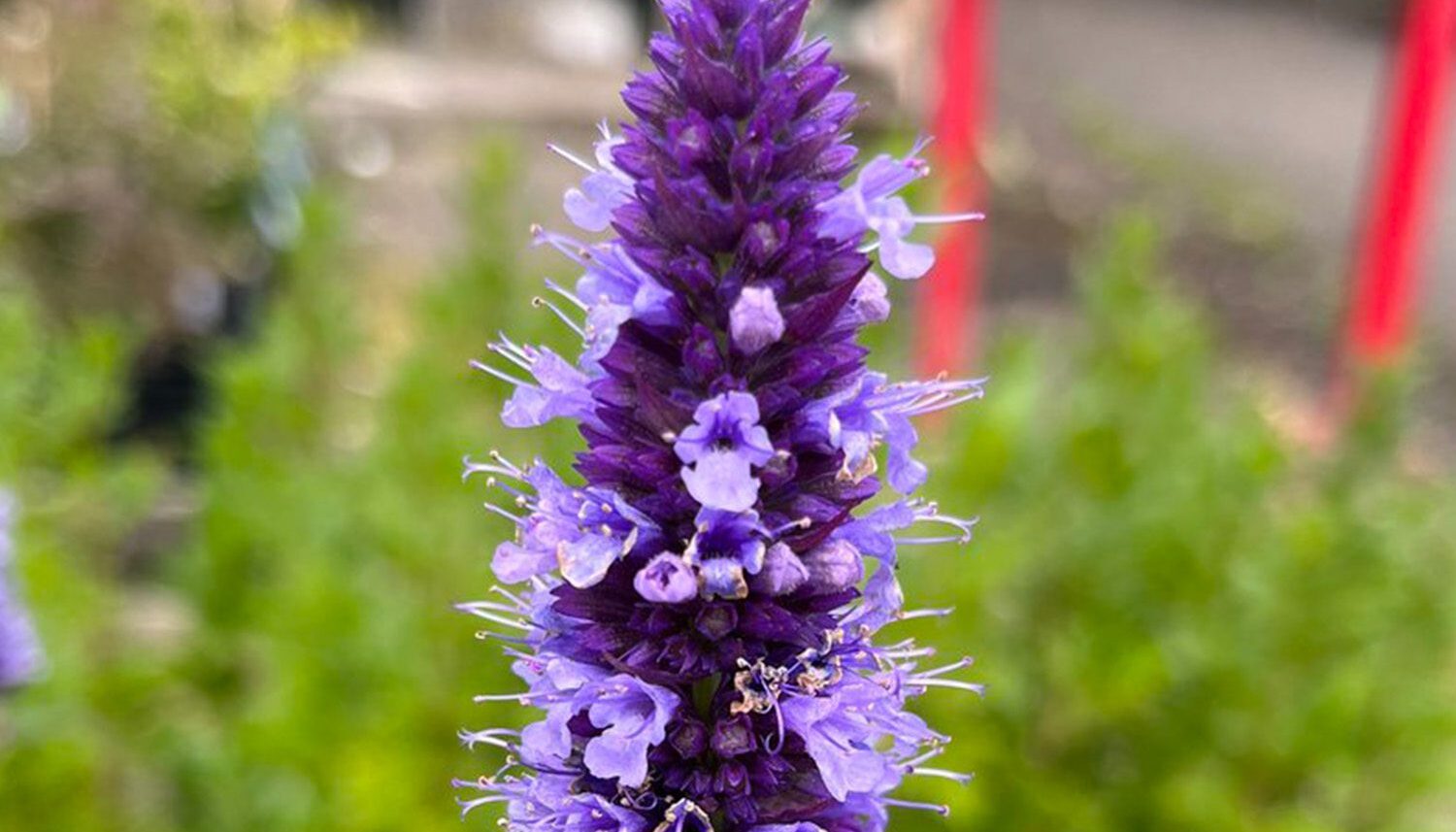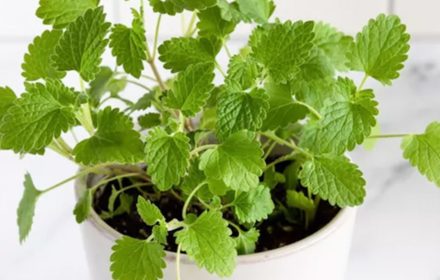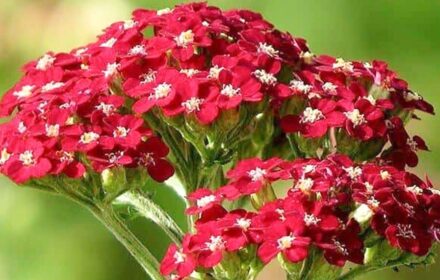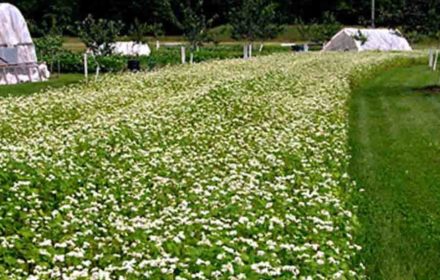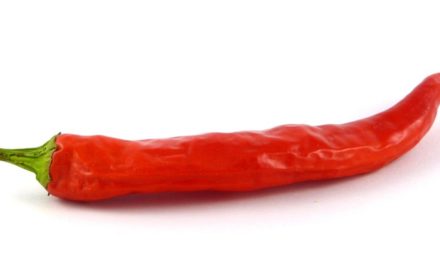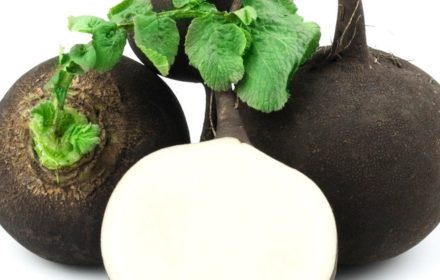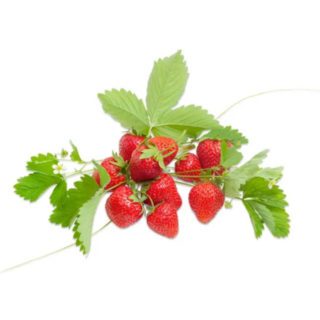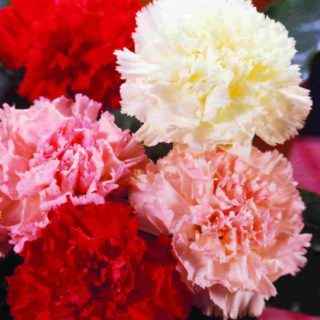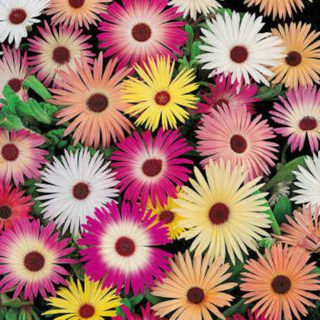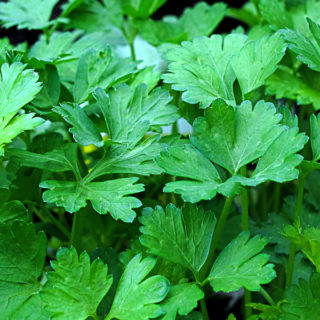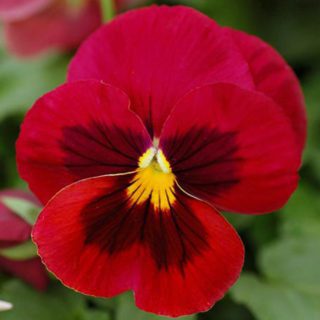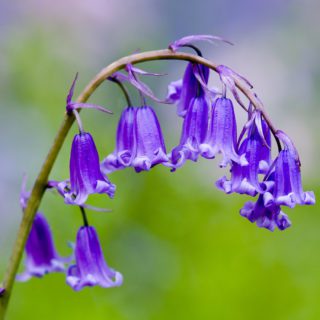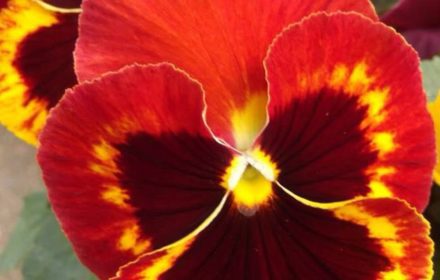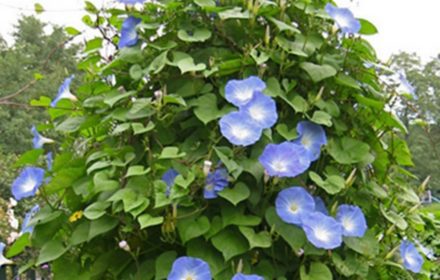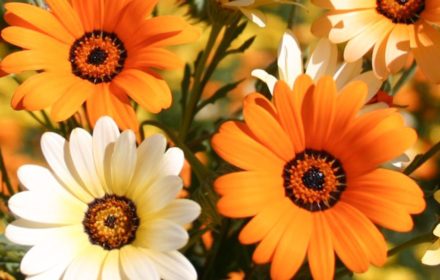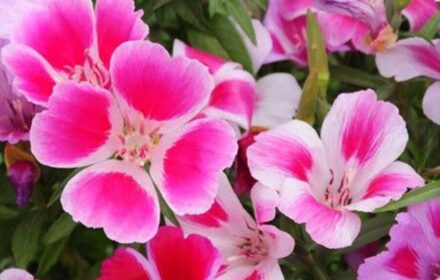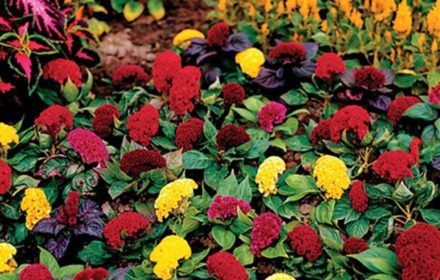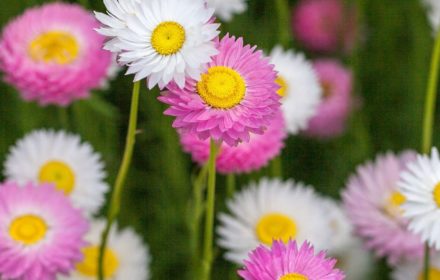Growing Purple Top Hyssop Anise from Seeds
Purple Top Hyssop Anise (Hyssopus officinalis) is a versatile and hardy perennial herb, native to the Mediterranean and parts of Central Asia. Known for its striking purple flowers and aromatic dark green leaves, this plant has been a staple in herbal medicine for centuries. Its medicinal uses date back to ancient times, with mentions in traditional texts highlighting its benefits. In addition, Purple Top Hyssop Anise is a popular culinary herb, adding a unique flavour to a wide range of culinary dishes. A perfect addition to herb gardens, borders, and rockeries. Hyssops drought-tolerant nature makes it ideal for low-water gardens, and its ability to attract bees and butterflies enhances biodiversity in your garden. Hyssop can reach heights of up to 24 inches and spreads around 20 inches, creating a bushy, compact growth that adds both height and texture to garden landscapes. With its self-seeding capabilities, it ensures a continuous supply of plants, reducing the need for replanting each year.
How to Grow Purple Hyssop Anise from Seed UK
- Soil Preparation Advice: To ensure optimal growth, prepare the soil meticulously. Purple Top Hyssop Anise thrives in well-drained, loamy soil but can tolerate poor, dry, sandy soils. The ideal soil pH ranges from 6.6 to 8.5. Work the soil to a depth of 8-12 inches, incorporating organic matter such as compost to enhance fertility and drainage.
- Indoor Sowing: Start seeds indoors 6-8 weeks before the last expected frost (typically February to April). Sow the seeds thinly on the surface of fine, sieved compost and barely cover them with a thin layer of soil (1.5-2 mm deep). Maintain a temperature between 19-26°C (66-79°F) for optimal germination, which typically occurs in 14-21 days. Chilling the seeds overnight before sowing can improve germination rates.
- Direct Sowing: After the danger of frost has passed, seeds can be sown directly outdoors. Scatter the seeds on the soil surface and lightly cover them with 1/16 inch of fine soil. Ensure the soil is well-drained and the location receives full sunlight to partial shade.
- Seed Spacing: When seedlings reach 2-3 inches in height, thin them to 20 inches apart to allow sufficient space for growth. Replant the thinned seedlings to maximize your garden’s floral display.
How to Care for Purple Top Hyssop Anise Plants
- Light and Location: Hyssop prefers a sunny location but can tolerate light shade. Full sun is ideal for the most vibrant blooms and healthy plant development.
- Watering: Maintain consistent soil moisture, especially during dry spells. However, avoid waterlogging as it can lead to root rot. Water the plants at the base to prevent fungal diseases on the foliage.
- Fertilization: Hyssop is not a heavy feeder, but applying a balanced fertilizer (such as a 3-3-5 formulation) in the spring can promote healthy growth and prolonged blooming.
- Weeding and Mulching: Keep the area around your hyssop plants free from weeds, which compete for nutrients and water. Apply a layer of organic mulch to help retain soil moisture, suppress weeds, and regulate soil temperature.
- Pruning and Maintenance: Let the dried stems and leaves stand over the winter. In spring, cut everything back to two inches from the ground to encourage a compact habit and prevent the plant from becoming spindly. Hyssop plants should be divided every four years to maintain vigor. Division is also a good way to propagate new plants.
- Pests and Diseases: Hyssop is relatively hardy but can occasionally be affected by aphids and powdery mildew. Regularly inspect your plants and use organic pest control methods or appropriate fungicides as needed.
- Overwintering: In milder regions of the UK, hyssop can survive the winter and bloom again the following year. Protect them with a layer of mulch or fleece during harsh weather conditions to enhance their chances of overwintering successfully.
- Harvesting: Hyssop leaves and flowers can be harvested for culinary and medicinal uses. For the best flavor, harvest the leaves before the plant flowers. For dried flower arrangements, harvest the flower spikes when they are in full bloom.

